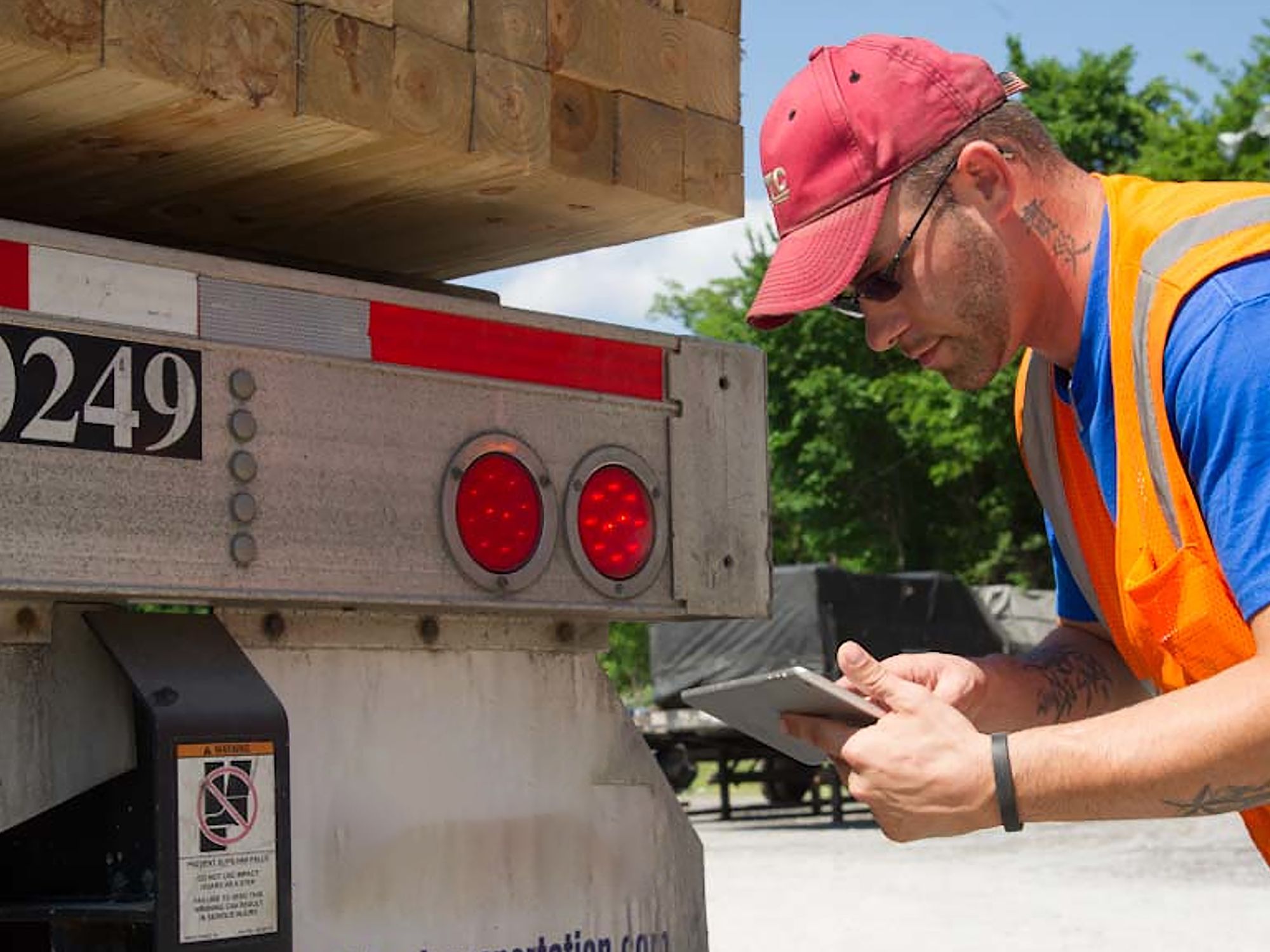Driver’s Role in Maintenance

- Drivers perform a pretrip inspection to determine if a vehicle is in safe operating condition and a post-trip inspection (called a DVIR) to determine if there is a defect in the vehicle that needs to be addressed by maintenance.
- Mechanics and drivers can work together as partners to ensure that the fleet stays in excellent condition.
Pre- and post-trip inspections
A driver is required to perform a pre-trip inspection (392.7 and 396.13) to determine that the vehicle is in safe operating condition. If the vehicle is not in safe condition, the driver cannot operate it until it has been repaired. The driver is also required to complete a written post-trip inspection report on vehicle condition at the completion of each day’s work (called a driver vehicle inspection report, or DVIR), if there is a defect on the vehicle (see 396.11). This report is then submitted to the carrier for action. Some carriers require drivers to submit a DVIR after each workday, even if there is no defect to report.
The driver is primarily concerned with reporting safety problems; each time the driver operates the vehicle, the driver’s pretrip inspection certifies that the vehicle is in safe condition.
Driver inspections vs. PM inspections
Driver inspections are different than preventive maintenance (PM) inspections. PM inspections are performed by maintenance personnel and involve in-depth inspection of vehicle components, possibly requiring the removal of access covers and other components to conduct the inspection, and involve specific measurements of parts and components.
Drivers and mechanics as partners in maintenance
The maintenance team approach sees the driver as a partner in maintenance. When the driver goes a step beyond the specific driver inspection report, looking and listening for potential problems that may be developing and reporting them to the maintenance department, the driver is contributing to the PM program. Problems unrelated to safety are reported so that the vehicle can be checked during the next scheduled maintenance inspection. Body damage, a hose starting to show wear, etc. are important clues that need further investigation and attention.
To sum it up, driver inspections are concerned with what condition the vehicle is presently in, while a PM is concerned with keeping the vehicle in good condition. By working as partners and allowing responsibilities to overlap, the mechanics and drivers can keep the fleet in excellent condition.
